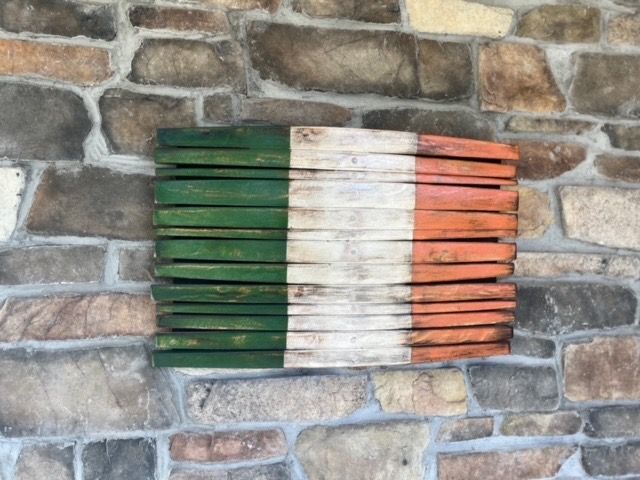History will record that on the 27th day of June, 2012, Martin McGuinness of Sinn Féin shook the hand of Queen Elizabeth, with the president of the Irish Republic and the leader of Ulster unionism looking on.
The scene might have occurred back in 1905, albeit without the constitutional head of state of an independent Irish nation bearing witness. Sinn Féin, in its earliest form, by way of co-founder Arthur Griffith, took the view that Ireland could be independent from Britain and elect its own government even as it shared the monarchy with its next-door-
neighbor.
Griffith, the man most associated with the creation of the new party, looked into his crystal ball and saw a future relationship between Ireland and Britain modeled on that which existed between Austria and Hungary: that being two nations under one monarch.
There's more than a hint of that solution to a political conundrum in Sinn Féin now formally acknowledging, by way of a handshake, that those with whom they share power in Northern Ireland share an affinity with the British monarchy that is unlikely to fade in the foreseeable future.
So if Sinn Féin isn't exactly bending at the knee to Queen Elizabeth, there is, as of this week, a formal acknowledgment by the party that the queen and her successors will play a part in the constitutional future of the island of Ireland inasmuch as the sitting monarch will continue to draw upon the allegiance of many people who call the island home.
There is a quid pro quo waiting just off center stage, of course. Unionists have had less issue with the presence of Irish presidents in Northern Ireland in recent years than republicans have had with the presence of royalty. This has been especially the case with the two Marys, Robinson and McAleese, the latter being, of course, from Belfast.
There was nothing random about the fact that President Michael D. Higgins, in making his first visit outside the republic after his election, made tracks for Derry. To Higgins, and to Irish people in general, this was not an overseas visit or some mission to foreign soil. It was, rather, a journey to a part of Ireland where many look upon him, his predecessors and successors, as the constitutional head of state of a country they see as their own.
Unlike Austria and Hungary in the early twentieth century then, Northern Ireland is a jurisdiction that not so much shares a head of state with another country, but rather one which accommodates - and to an ever more tolerant degree - two heads of state.
As such, there will be more than one handshake in the room this week that deserves a headline.
The one between Martin McGuinness and Queen Elizabeth will, for sure, make history - and the biggest headline. Yet those between President Higgins and the queen, and more critically between Higgins and Peter Robinson, are standouts in and of themselves at a time when, in common with the first years of the twentieth century, there lies ahead the possibility of an Ireland where a shared past speaks to the possibilities of a shared and distinctly better future.










